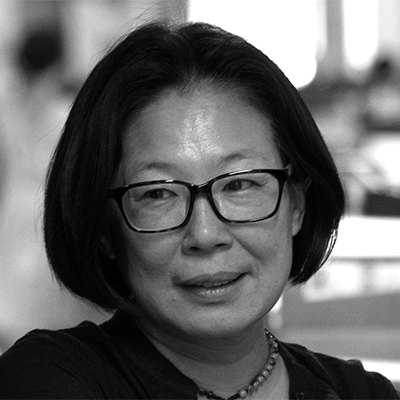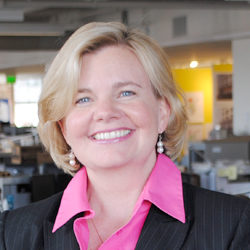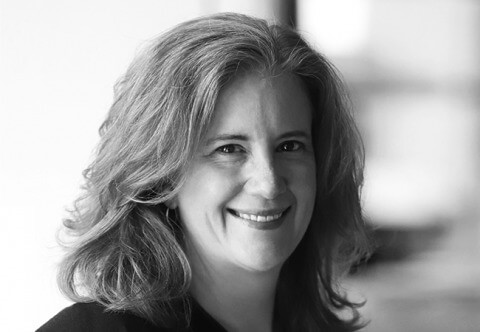In mid-September we attended the fourth Biennial AIA Women’s Leadership Summit in Seattle.

This event is particularly important to PAYETTE as Sho-Ping Chin, FAIA, originally helped found these summits as an outgrowth of the BSA Women’s Principal Group. Heather Taylor, AIA, was also a key member of the original WLS planning group and has remained involved as one of the National Advisors. The 2015 theme for WLS was “Creating Cultural Change.”
It is truly amazing to see what these Summits have become and how many people they have empowered across the country. At the 2015 Summit, there was great support and visibility from the AIA leadership, including attendance by Robert Ivy, FAIA, EVP/CEO, president-elect Russell Davidson, AIA, several members of the AIA Strategic Council and senior AIA staff.

The conference began with a welcome reception at the Seattle Art Museum’s Olympic Sculpture Park Pavilion and continued with two days of presentations, discussion and engagement, including a call to action. Day One focused on leadership and featured a return of the inaugural WLS 2009 keynote speaker Kate Schwennsen, FAIA, Director of the School of Architecture at Clemson University and 2006, AIA President. Kate compared statistics from 2005 to 2014, focusing on where we are in terms of female leadership in the profession, stating, “we’ve made progress, but we still have work to do.” In 2005 women made up 10.7% of the leadership in the top 20 firms; in 2014 we made up 17.9%.
Speakers like Justine Clark, [co-founder and editor of Parlour: Women, Equity, Architecture], Carole Wedge, FAIA [President of Shepley Bulfinch] and Rosa Sheng, AIA [Senior Associate at Bohlin Cywinski Jackson, Founder and Chairperson for Equity by Design] prompted a provocative and interesting discussion. The group was asked to define the problem and craft solutions focused on how women can continue to increase our presence and make a greater impact in leading our profession. Additional panels illustrated other paths to leadership, such as through academia, becoming the client or working in government. Others spoke about ways to succeed through specialization, specifically through sustainability.
Many conversations reiterated that there is not one measure of success – success is something each person needs to define for oneself. At different stages in one’s own life the definition of success will change.
Some of the key ideas from the Summit, while not ground-breaking, are important reminders:

The second day of the Summit focused on design excellence, and began with a keynote session led by Courtney Martin, an author, journalist and entrepreneur who offered a fresh perspective from outside of the profession. Her aim was to disrupt the dialogue and attendees to think differently about the definition of leadership, success and design in context of the broader community. Additional panels focused on design partnerships and leadership through design. We also heard from Allison Williams, FAIA whose 35 year career has included large scale complex civic, cultural and corporate projects around the globe. Her passion for her work and collaborative style left an inspirational imprint on all attendees. It is clear that you do great work when you are working with great people and love what you do! This panel included equally inspirational messages from Patricia Rhee, AIA.

The conference concluded with a session noting the achievements of a number of the attendees and actions they took after having attended one or more of the Women’s Leadership Summits. Actions included taking on new leadership roles in firms, on projects or in one’s community, starting Women in Design and Women’s Principal Groups in cities around the country, and women opening their own firms. It is clear there is a movement happening and a need to connect current leaders, forge new relationships and foster growth of next generation leaders. The discussion must include our male colleagues in order to advance the discussion of the value of women in leadership roles in our profession. Together as one collective, we need to build a diverse, creative, agile, strong profession that can better serve our clients, communities and world through the power of design.
Each of these summits has moved the discussion forward. AIA WLS 2017 Washington DC/Northern Virginia will undoubtedly evolve in format, content and participation with the goal to continue to advance the profession.




